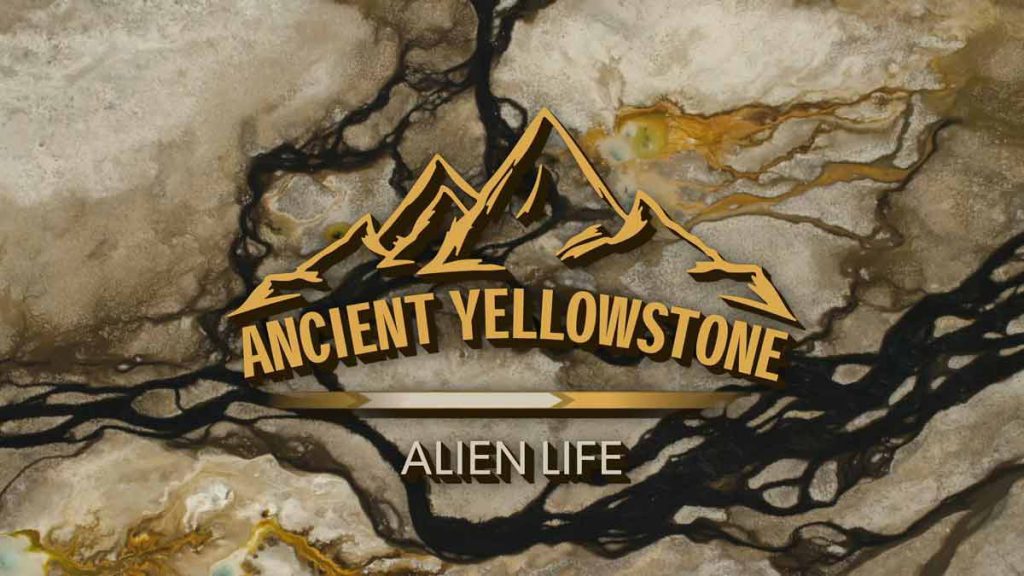Ancient Yellowstone episode 1 – Alien Life: Yellowstone National Park is famous for its unparalleled beauty but there’s much, much more happening in this breathtaking spot.
Microbes found in Yellowstone National Park’s thermal pools have structures so ancient that scientists now believe that they could be close to the root in the universal tree of life. These microbes are becoming the models for understanding the biology necessary for life at high temperatures.
Ancient Yellowstone episode 1 – Alien Life
Yellowstone National Park is an American national park located in the western United States, largely in the northwest corner of Wyoming and extending into Montana and Idaho. It was established by the U.S. Congress and signed into law by President Ulysses S. Grant on March 1, 1872.
Yellowstone was the first national park in the U.S. and is also widely held to be the first national park in the world. The park is known for its wildlife and its many geothermal features, especially Old Faithful geyser, one of its most popular. While it represents many types of biomes, the subalpine forest is the most abundant. It is part of the South Central Rockies forests ecoregion.
Although Native Americans have lived in the Yellowstone region for at least 11,000 years, aside from visits by mountain men during the early-to-mid-19th century, organized exploration did not begin until the late 1860s. Management and control of the park originally fell under the jurisdiction of the United States Department of the Interior, the first Secretary of the Interior to supervise the park being Columbus Delano. However, the U.S. Army was eventually commissioned to oversee management of Yellowstone for a 30-year period between 1886 and 1916.
In 1917, administration of the park was transferred to the National Park Service, which had been created the previous year. Hundreds of structures have been built and are protected for their architectural and historical significance, and researchers have examined more than a thousand archaeological sites.
Bacteria
In Yellowstone’s hot waters, bacteria form mats of bizarre shapes consisting of trillions of individuals. These bacteria are some of the most primitive life forms on earth. Flies and other arthropods live on the mats, even in the middle of the bitterly cold winters. Initially, scientists thought that microbes there gained sustenance only from sulfur. In 2005 researchers from the University of Colorado at Boulder discovered that the sustenance for at least some of the diverse hyperthermophilic species is molecular hydrogen.
Thermus aquaticus is a bacterium found in the Yellowstone hot springs that produces an important enzyme (Taq polymerase) that is easily replicated in the lab and is useful in replicating DNA as part of the polymerase chain reaction (PCR) process. The retrieval of these bacteria can be achieved with no impact to the ecosystem. Other bacteria in the Yellowstone hot springs may also prove useful to scientists who are searching for cures for various diseases. In 2016, researchers from Uppsala University reported the discovery of a class of thermophiles, Hadesarchaea, in Yellowstone’s Culex Basin. These organisms are capable of converting carbon monoxide and water to carbon dioxide and hydrogen.
Non-native plants sometimes threaten native species by using up nutrient resources. Though exotic species are most commonly found in areas with the greatest human visitation, such as near roads and at major tourist areas, they have also spread into the backcountry. Generally, most exotic species are controlled by pulling the plants out of the soil or by spraying, both of which are time-consuming and expensive.





Pingback: Ancient Yellowstone episode 2 - Frozen Archeology — HDclump
Pingback: The Gene - An Intimate History episode 1 — HDclump